Educational Trip to Sicily For International Schools
The stunning historic sites on the beautiful island of Sicily offer curious classics students a window on Phoenician, Greek and Roman civilisations.
Subjects covered
Classics
History
Cultural
Geography
Our tailor-made packages include...
Choose your excursions
In the western hills sits the beautifully preserved Doric Temple of Segesta, built in the 4th century BC by the Greeks and the Elymians, an indigenous population of Sicily. A large semi-circular theatre was built around the same time on top of a nearby hill, Monte Barbaro. Nowadays, during the summer, it is used as a venue for Greek plays and concerts.
Head to the south-west coast to study the most impressive ruins in Sicily, with numerous temples, acropolis and agora. The huge city of Selinunte was built in 628BC, and was one of the richest and most progressive in Magna Graecia before it was destroyed by the Carthaginians in 409BC.
This coastal city is renowned for the Valley of the Temples, where the remains of seven monumental 5th and 6th century Greek temples have been excavated and partially restored. The best preserved of these are the Temples of Concord and Juno.
Visit the famous Villa Romana del Casale, which stands as an open-air museum. Built in the 4th century AD as a hunting lodge by a Roman patrician, it is home to some of the best preserved and extensive examples of Roman mosaics. They depict Homeric escapades, mythological scenes and portrayals of daily life.
When Mount Etna erupted thousands of years ago, the river Alcantra was blocked by a lava flow. As the lava cooled it became crystallised by the water and over the next millennia the river eroded it, resulting in impressive gorges and ravines. Today, the stunning basalt formations set in luscious woodlands are fine examples of Etna’s geological influence.
The beautiful and popular hillside town of Taormina is known for its perfectly preserved medieval streets and dramatic views of Mount Etna but the main attraction is its ancient Greek-Roman theatre. It was built in the 7th century BC and was later enlarged by the Romans. Today it is still used for events from plays to concerts, fashion shows and film festivals.
The quiet fishing port has become a popular tourist seaside resort. The beautiful hillside town of Taormina is situated above Giardini Naxos and attracts visitors due to its Greek Theatre and proximity to Etna. Giardini Naxos provides the ideal area to carry out a case study exploring the impact of tourism on a community.
One of the most active volcanoes in the world, Etna is known as a stratovolcano due to its conical shape made of layers of hardened lava and ash. The fertile soil supports agriculture with vineyards and orchards spread across the lower slopes. There is an option to take the cable car and jeeps to approach the crater with a mountain guide.
Lying as part of a volcanic archipelago between Vesuvius on the mainland and Mount Etna, students will learn about the hydroactivity and pumice found throughout Lipari island. The island of Vulcano is made from four overlapping volcanic centres including one of the only four active non-submarine volcanoes in Italy. (Available mid-March to mid-October)
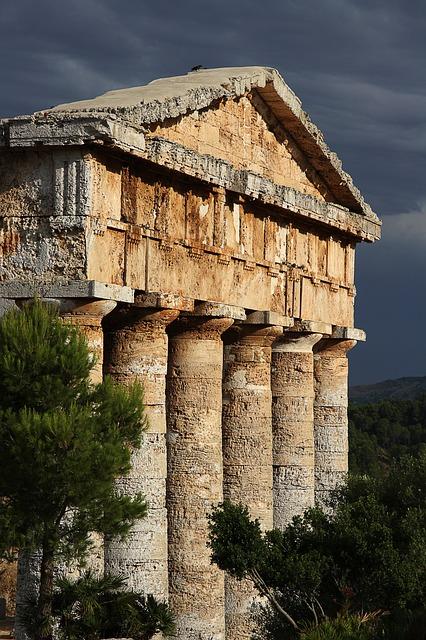
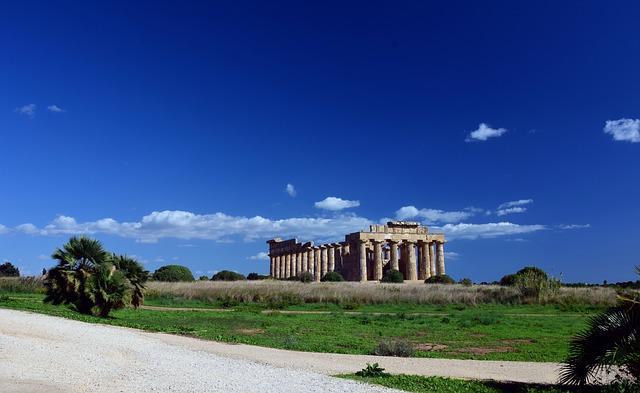

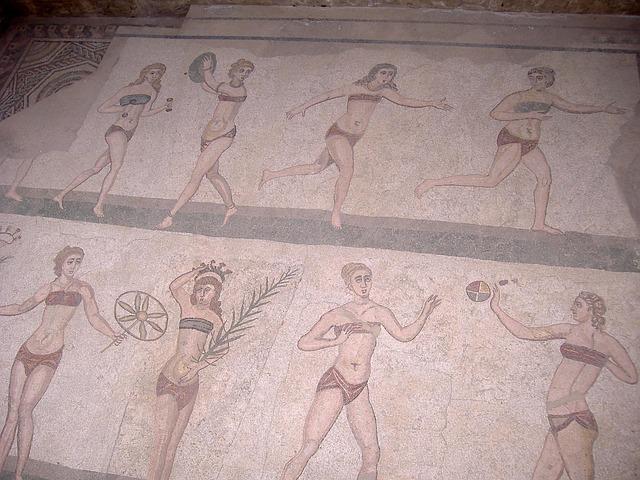
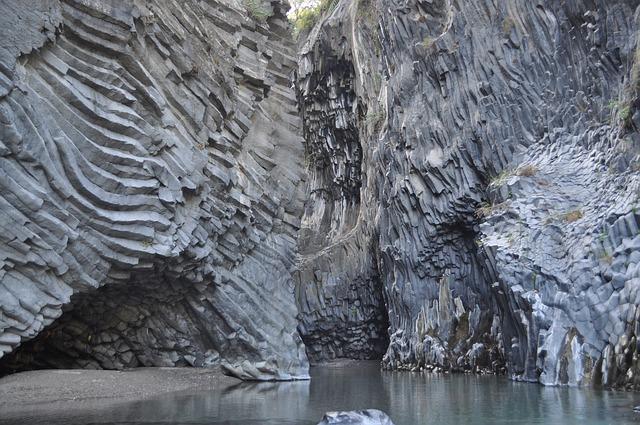



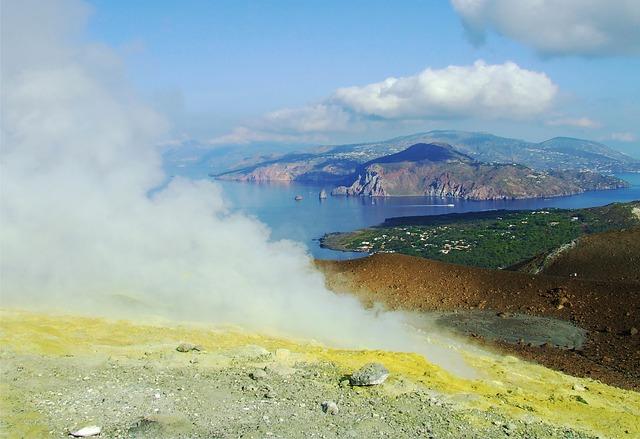
Typical accommodation
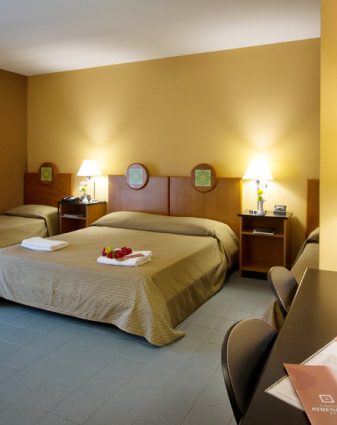
Why groups like it:
Facilities:




